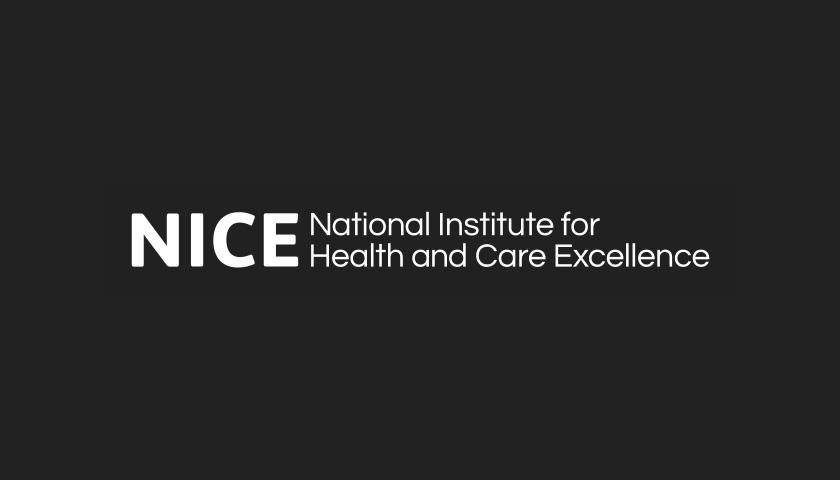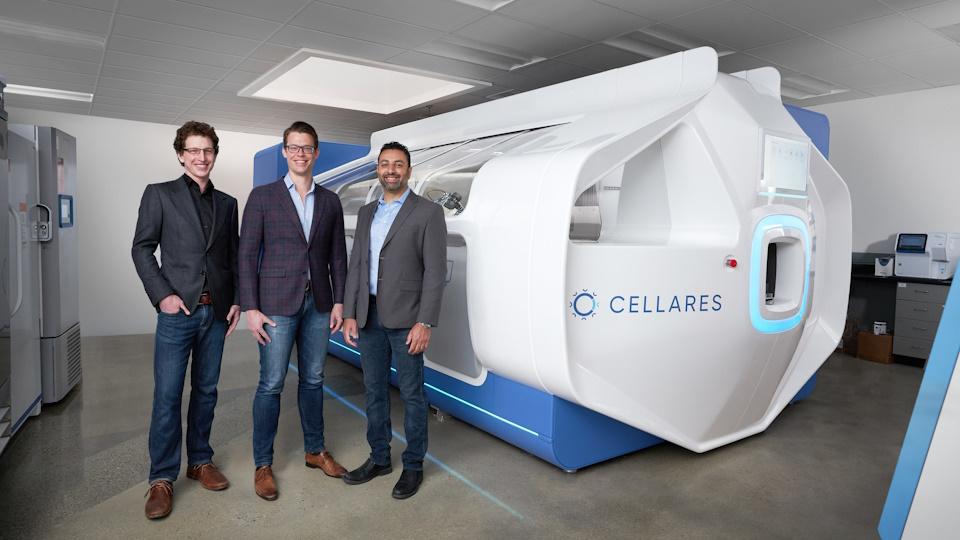Getting the most out of technical engagement with NICE

In 2017 the UK’s National Institute for Health and Care Excellence (NICE) consulted on changes to help the agency do more with the same resources. One of those changes was the introduction of a technical engagement step. Now that experience has grown, Leela Barham takes stock.
NICE has seen an increase in demand for appraisals over time, as well as a push to deliver them more quickly. At the same time, the products that NICE needs to appraise are more complex.
In a bid to allow for better use of Appraisal Committee time, scientific and technical elements were brought forward in a technical engagement step. In the simplest terms, the idea is to deal with some of the complexities that can be resolved without the full Committee. This will allow Committees to focus instead on the real heart of the matter and deliberate with the most relevant analysis in front of them.
The technical engagement step provides the opportunity for consultees (the company as well as others such as national groups representing patients and carers) and commentators (including companies who market comparator products) to comment on a report from the NICE technical team. The NICE technical team includes the chair or vice chair of the Committee, a NICE associate director, technical advisor and technical lead. The technical step happens before the first Appraisal Committee meeting. The Committee will get a report that emerges from the technical engagement step.
The step also allows for discussions with the company between the NICE technical team and the independent academic Evidence Review Groups (ERGs). ERGs critique the company’s submission. That can mean requests for new evidence and analysis for the company to respond to.
NICE has pitched the benefits of the technical engagement step in terms of faster patient access. They’ve also highlighted how it’s an early opportunity for ‘proactive’ discussions with companies. Alongside the technical engagement, and introduced in 2019, is a NICE commercial liaison team. Their role has been described as ‘providing a systematic interface between NICE guidance production and NHSE to support timely patient access and value for money.’ NHSE is NHS England; they pay for specialised medicines and can strike deals with companies.
Experience building over time
The NICE consultation was in 2017, but implementation of technical engagement applied from January 2019 onwards. The first drug including the technical engagement step was AstraZeneca’s Imfinzi (durvalumab) for lung cancer. Final guidance was published by NICE in May 2020. It notes that the technical engagement step allowed five issues to be resolved, including:
- Agreeing the appropriate comparator to be used in analysis
- An acceptable way to extrapolate progression-free survival
- A clinically plausible approach for extrapolating post-progression survival
- Modelling should include age-related changes to utility
- The appropriateness of modelling the distribution and costs of subsequent treatments in line with a trial
- Agreeing that vial sharing was not realistic.
BresMed, a health economics and outcomes research consultancy, has looked more widely than this first example by looking at 20 Single Technology Appraisals (STAs) before the step was introduced, and 20 since it was introduced. BresMed shared lessons in a webinar on 14 May supplemented with their real experience in supporting companies and participating in technical engagement.
BresMed offered up some key pointers to companies, not least of which is approaching the technical engagement step the same way as a full committee meeting. That means putting in additional time and resources earlier than was the case before the technical engagement step was introduced.
Perhaps an unexpected top tip from BresMed is the need for companies to step up and make sure that meetings held as part of technical engagement are well chaired, interjecting where necessary.
Arguably as expected, with NHSE playing a bigger role in matters of access, BresMed also highlighted that there can be a lot of engagement from NHSE staff, especially if it looks likely that the product will go into the Cancer Drugs Fund (CDF). The CDF provides time limited funding whilst further evidence is collected. With the CDF moving to an Innovative Medicines Fund this may be the case for drugs that go into this wider fund in the future too.
Given the interest in value for money, companies should also be aware of the opportunity for earlier pricing discussion and to actively engage in these, according to BresMed. BresMed added that it would help companies, especially small and medium sized ones, if NICE could help signpost companies as to the when and where of that engagement as part of technical engagement.
Refinements being made
The process is new for all. That means that NICE is open to tweaking the technical engagement step – for example, in terms of fixing a call regardless of who can attend or allowing some flexibility to accommodate availabilities. They are also changing who is invited to participate in calls.
BresMed’s advice to get the most from any call is to make sure that clinical experts are participants. Key issues often cannot be resolved without them; that can mean another call. Better to get the right people on the call the first-time round.
Faster appraisals, but no panacea
At the time NICE consulted, they set out a number of goals for the changes. They included having only one Appraisal Committee needed for the majority of appraisals, as well as being able to deliver 75 appraisals published each year and that the majority of recommendations could be released as a positive Final Appraisal Determination (FAD), as opposed to an Appraisal Consultation Document (ACD).
Whilst not a goal, NICE also noted that it may not be necessary for clinical, patient and commissioning experts to attend committee meetings; this would be determined by the NICE technical team.
BresMed’s analysis suggests that, in practice, it’s not been possible for most appraisals to be dealt with in one committee meeting. NICE recognises too that the technical engagement step hasn’t meaningfully reduced the number of topics that need more than one committee meeting in their May 2020 board papers.
NICE also notes that there’s been a lower than anticipated straight to FAD rate. That said, according to BresMed analysis, it does appear that the technical engagement step has sped things up; by around 65 days. That is even more impressive in light of the challenges NICE is facing in delivering appraisals, because of capacity issues (an over 30% vacancy rate). Plus NICE’s work has been impacted by COVID-19 too.
It’s also clear that the technical engagement step is not a panacea; BresMed suggests that technical engagement reports highlighted an average of 8.5 key issues that needed to be resolved. An average of 2.7 were resolved during technical engagement. In three appraisals, BresMed noted that the NICE FAD suggested that no key issues were resolved during technical engagement.
NICE also notes that the commercial aspects are particularly resource intensive. If it’s resource intensive for them, it must be even more so for companies who have to manage pricing internally as well as externally.
More change should be expected
NICE is doing a ‘deep dive’ into the technical engagement step, according to NICE board papers from March 2020. Arguably NICE holds the data that can help answer if the goals of the technical engagement step have been met. They should also hold data on how it’s impacted upon involvement by others, such as patient groups. It is likely NICE’s deep dive will inform the ongoing review of NICE process and could also inform their review of methods (it’s actually quite hard to draw a clear line between methods and processes). A consultation on changes to methods is expected during the summer.
About the author
 Leela Barham is researcher and writer who has worked with all stakeholders across the health care system, both in the UK and internationally, on the economics of the pharmaceutical industry. Leela worked as an advisor to the Department of Health and Social Care on the 2019 Voluntary Scheme for Branded Medicines Pricing and Access (VPAS).
Leela Barham is researcher and writer who has worked with all stakeholders across the health care system, both in the UK and internationally, on the economics of the pharmaceutical industry. Leela worked as an advisor to the Department of Health and Social Care on the 2019 Voluntary Scheme for Branded Medicines Pricing and Access (VPAS).












